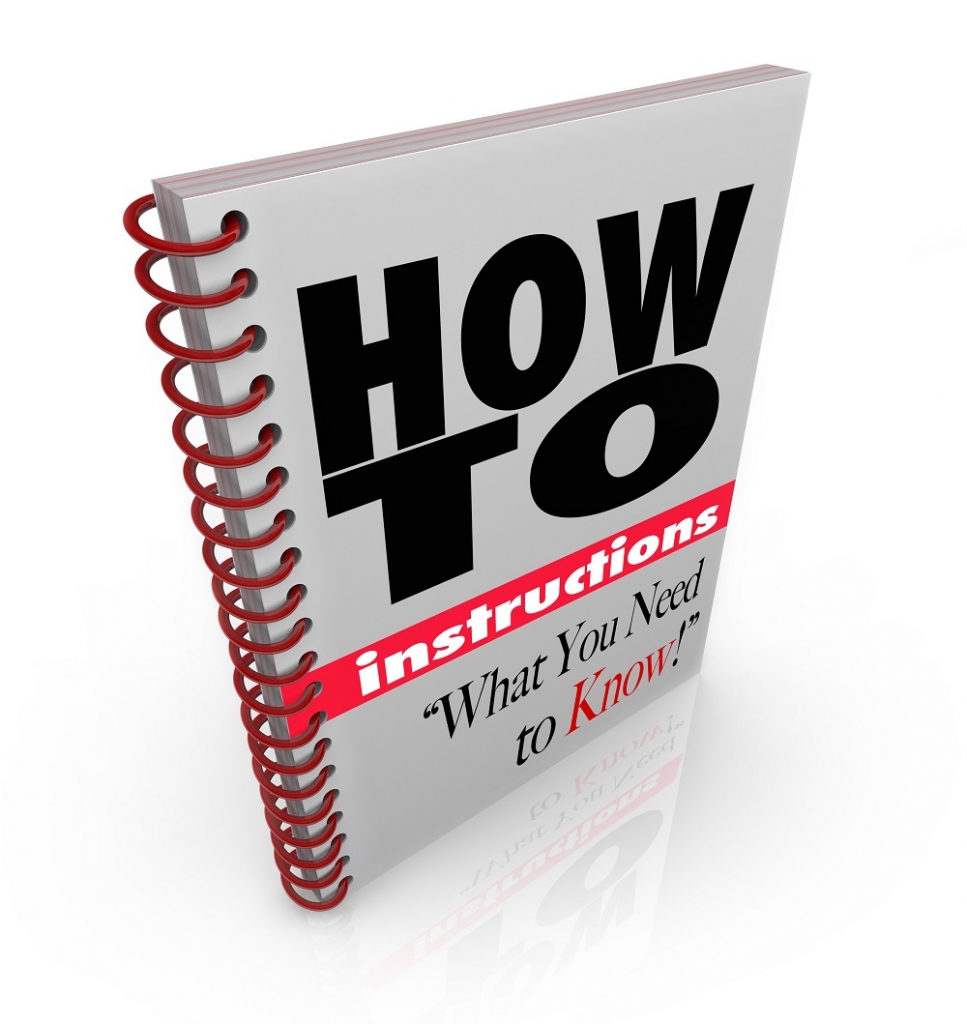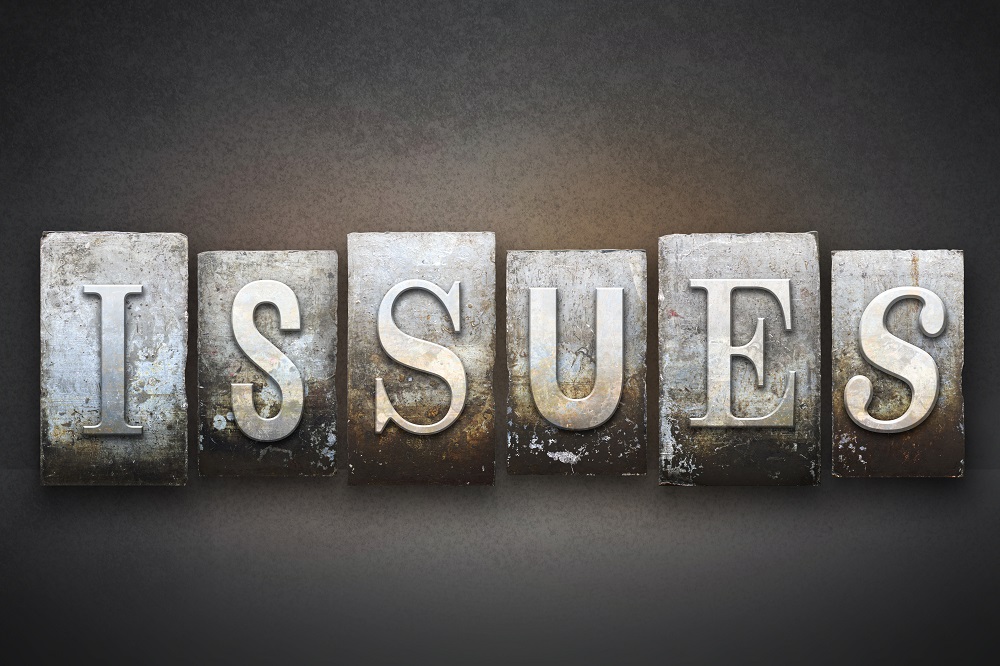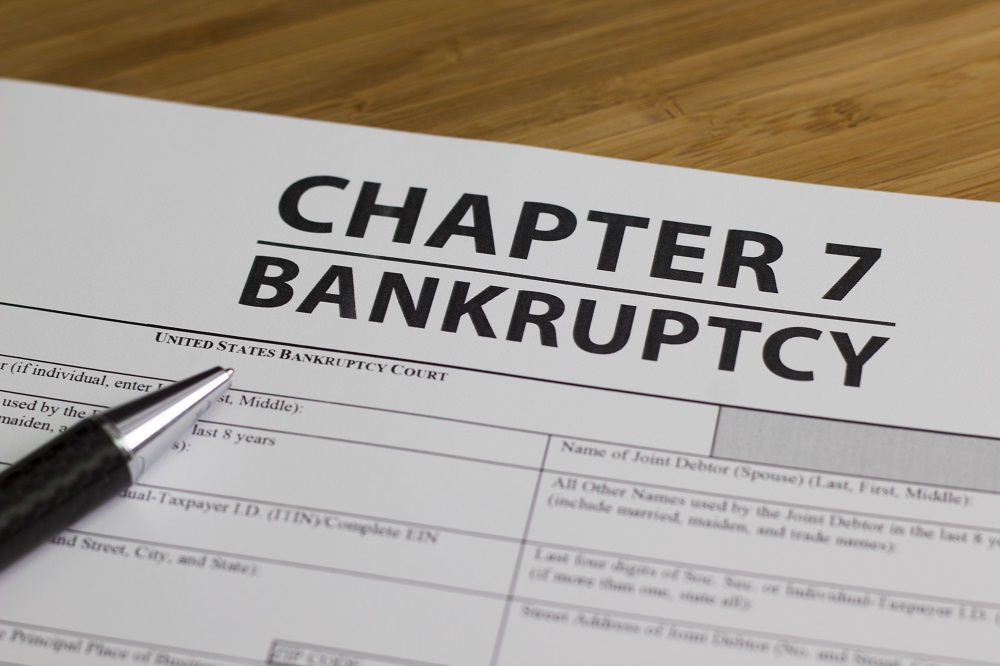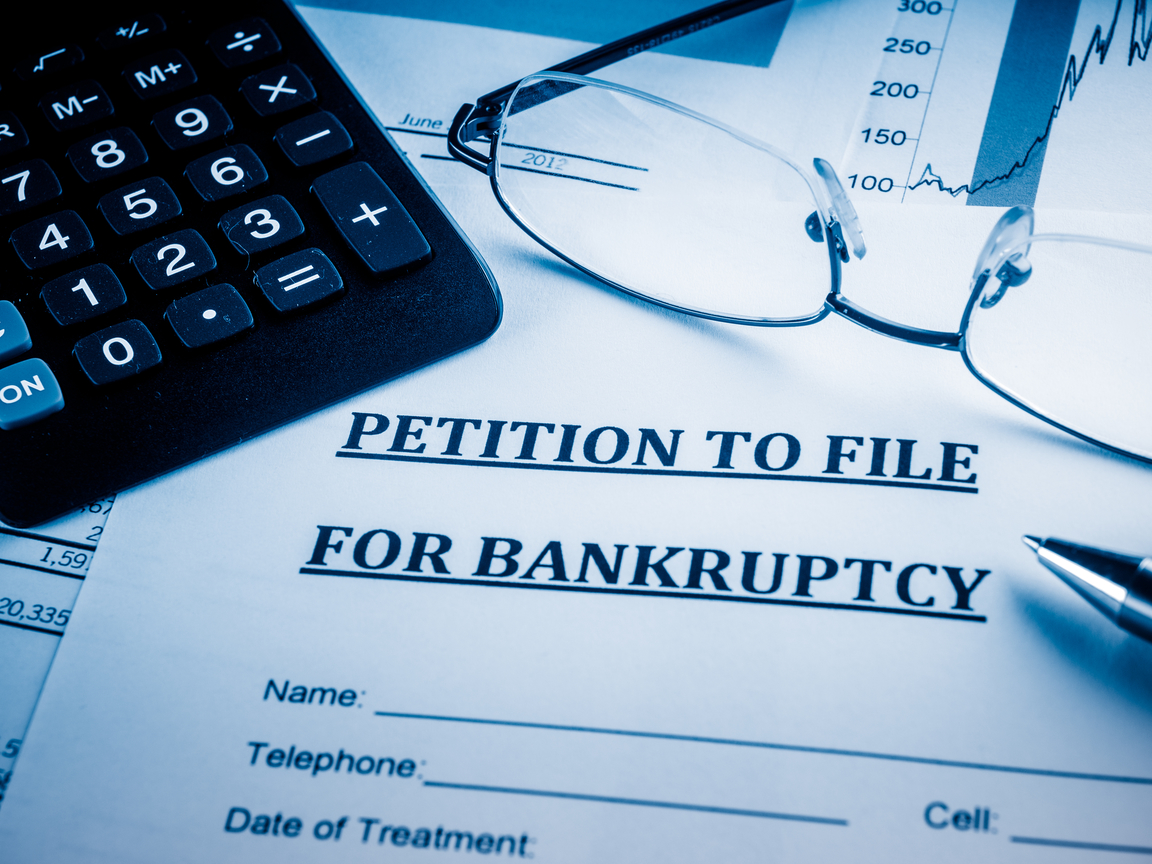Introduction to How to File Bankruptcy and What to Expect
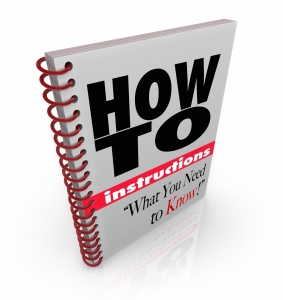 When it comes to financial distress, most people try to think about all the options they have to improve their situation. For some, that might be looking into other employment opportunities – or even second and third jobs. For others, it might be to take out a loan from a bank or a family friend. When a person has tried every option and is still in extreme financial distress, the seemingly daunting word comes tends to come to mind – bankruptcy.
When it comes to financial distress, most people try to think about all the options they have to improve their situation. For some, that might be looking into other employment opportunities – or even second and third jobs. For others, it might be to take out a loan from a bank or a family friend. When a person has tried every option and is still in extreme financial distress, the seemingly daunting word comes tends to come to mind – bankruptcy.
What is Bankruptcy?
When it comes to bankruptcy, the average person does not know all the ins and outs of how to file, and what exactly bankruptcy is. So what is bankruptcy? Bankruptcy is a court process that is designed to help consumers and businesses eliminate their debts or help consumers and businesses repay those debts.[i] Bankruptcy courts are under federal law and provide federal protections.[ii] Even with the bankruptcy court within the federal realm, each and every state has their own laws and regulations to accompany the federal laws.
When it comes to filing bankruptcy, there are many options for the individual seeking help – whether that be an individual or a business. The different options are called “chapters”. There are a handful of different options for bankruptcy, but the most common for individuals who wish to file are Chapter 7 bankruptcy and Chapter 13 bankruptcy.[iii] The Chapter 7 bankruptcy is commonly referred as the “clean slate” bankruptcy, and also the “liquidation” bankruptcy.[iv] During this process, the individual will have a trustee assigned to their case that will sell off as many assets as possible – or liquidate – to pay off whatever debts the individual has.[v] There are exemptions for an individual’s property; otherwise that individual might be left without anything. When it comes to Chapter 13 bankruptcy, the individual will create a repayment plan that will attempt to pay back some or all of their debts over the course of three to five years.[vi] After that point, the court will discharge the remaining debts.
Chapter 7 Bankruptcy
For Chapter 7 bankruptcy, the entire process is on average about four months long and can range in price, but is typically between $300 and $500 – depending on the state and the law firm that individual decides to use.[vii] Filing for Chapter 7 bankruptcy is not as simple as bringing documents to the courthouse and asking the clerk to file those documents. Each individual who wishes to begin the bankruptcy process must first be eligible to seek bankruptcy.[viii] To begin with, if the individual has received a discharge of their debts within the past six to eight years, the individual will not qualify.[ix] If the individual has not received a discharge in within that time period, then the individual must not have an income that is above the median income for a family of that individual’s size in that state.[x] If the income of that individual is below the median, then the individual will be eligible to begin the bankruptcy proceeding – if they decide to proceed.
 If the individual’s income is above that given median level then that individual can attempt to become eligible through what is called the means test.[xi] The means test is another barrier that was put into place so that people who truly cannot pay their debts, even with a higher income. The means tests looks at the income of the individual over a six month period to determine the average monthly income.[xii] After the court looks at this average, the court will determine what the individual’s disposable income is.[xiii] Disposable income is the income a person has left over after all their financial responsibilities have been paid for that given month. If the court determines that even with a small amount of disposable income, the person cannot live comfortably – the court can determine that the person will pass the means test and be eligible for Chapter 7 bankruptcy.[xiv]
If the individual’s income is above that given median level then that individual can attempt to become eligible through what is called the means test.[xi] The means test is another barrier that was put into place so that people who truly cannot pay their debts, even with a higher income. The means tests looks at the income of the individual over a six month period to determine the average monthly income.[xii] After the court looks at this average, the court will determine what the individual’s disposable income is.[xiii] Disposable income is the income a person has left over after all their financial responsibilities have been paid for that given month. If the court determines that even with a small amount of disposable income, the person cannot live comfortably – the court can determine that the person will pass the means test and be eligible for Chapter 7 bankruptcy.[xiv]
Once the individual has been approved to file for Chapter 7 bankruptcy, if the person decides to still proceed with the bankruptcy, they will need to do a number of things before the proceeding even begins. First of all, bankruptcy proceedings require a lot of paperwork and it is best if there is an organization system in place for the individual. The individual will want to gather all the relevant documents for their bankruptcy – including documents about the outstanding debts the individual has, credit card bills, loan statements, and all other documents relevant for that person.[xv] Collecting these documents are important because the bankruptcy court will require a lot of paperwork to be filled out, and having access to all this information will make the process move by much faster.
Another thing that a person must complete before filing for bankruptcy is complete a credit counseling course.[xvi] The course must be approved through the United States Trustee and a list of courses can be found on the Trustee’s website.[xvii] Typically after the course has been completed, the individual will receive a certificate, which will then allow them to properly file for bankruptcy.
One thing that distinguishes Chapter 7 bankruptcy from Chapter 13 bankruptcy is the liquidation process that is exclusive to Chapter 7 bankruptcy. Every state has their own list of exemptions, which allows the individual filing for Chapter 7 bankruptcy to hold onto some of their property during the liquidation process.[xviii] The court will assign a trustee to the individual’s bankruptcy proceeding.[xix] The trustee will sell off all of the individual’s property, that is not exempt, and then use the funds to pay off as many creditor’s as they possible can.[xx] After all attempts have been made to sell off property and pay creditors, only then will the court look at discharging the remaining debts. It is important that the court enforces the liquidation process so that at least some of the creditors receive part of all of what is owed to them.
Chapter 13 Bankruptcy
The process of filing for Chapter 13 bankruptcy has a lot of similarities to Chapter 13 but the overall bankruptcies are pretty different. Chapter 13 bankruptcy allows the individual, or business, to keep their property.[xxi] Chapter 13 bankruptcy is used to have the individual create a repayment plan, that they will use over the proceeding three to five years to pay off their creditors.[xxii] The amount that the individual pays during that three to five year period will be a reduced amount from what they typically pay.[xxiii] The reduced payment allows the individual to catch up financially in a sense and hopefully stabilize by the end of the repayment period. It is fairly common that all the debts will be paid off during that repayment period.[xxiv]
 Just like Chapter 7 bankruptcy, the individual who wishes to file for Chapter 13 must be eligible to file. Since Chapter 13 requires a repayment plan, which has to be approved by the court, the individual has to prove that they have sufficient income to participate in the repayment plan.[xxv] The court will require proof of the income and it must be from legal sources.[xxvi] Once the individual files for Chapter 13 bankruptcy, they must be very diligent about making payments on the repayment plan. Missing or stopping payments could have negative ramifications on the individual’s bankruptcy proceeding, including the court denying to discharge any remaining debts at the end of the bankruptcy.
Just like Chapter 7 bankruptcy, the individual who wishes to file for Chapter 13 must be eligible to file. Since Chapter 13 requires a repayment plan, which has to be approved by the court, the individual has to prove that they have sufficient income to participate in the repayment plan.[xxv] The court will require proof of the income and it must be from legal sources.[xxvi] Once the individual files for Chapter 13 bankruptcy, they must be very diligent about making payments on the repayment plan. Missing or stopping payments could have negative ramifications on the individual’s bankruptcy proceeding, including the court denying to discharge any remaining debts at the end of the bankruptcy.
Next, the debt that the individual has cannot exceed certain amounts, depending on the debts. For secured debts, the amount of debt the individual has cannot exceed $1,149,525 and for unsecured debts, the amount of debt cannot exceed $385,175.[xxvii] If the individual’s debt exceeds these amounts, there is Chapter 11 bankruptcy as an option – but individuals do not commonly use it.
Once the individual determines that they are eligible to file for Chapter 13 bankruptcy, they must also complete the credit counseling as provided by the United States Trustee.[xxviii] Once this has been completed, the individual will be clear to file for Chapter 13 bankruptcy, if they still chose to do so.
Conclusion to How to File for Bankruptcy and What to Expect
Financial hardship can hit any person at any time during their life. It is important to look into all possible options for stabilizing your income before turning to bankruptcy. While bankruptcy may be the only option for some people, if you can avoid filing for bankruptcy – you probably should. Bankruptcy can have an extremely harsh effect on a person’s credit. Without good credit, an individual will be unable to get a good rate on a car or home – or even not qualify for those goods.[xxix] A poor credit score could also be a red flag for creditors, which would result in the individual being unable to obtain loans or purchase goods through in store credit.[xxx]
When all else fails, filing for bankruptcy is available for those who are eligible to file. In order to avoid having people file in an attempt to get rid of debts that they simply do not want to pay, the courts look at who is filing very seriously. The individual has been really going through a financial hardship and have such low income that they are unable to pay for their debts. When the court finds that this is true – the individual will likely be eligible to file for Chapter 7 bankruptcy. When the individual has some income but is drowning in debt, Chapter 13 bankruptcy’s repayment plan may be a better option. Either way, bankruptcy chapters are available for individuals and businesses alike when financial hardship hits them hard and there are just no other options for that person or business to take. Call to speak directly with an experienced Tucson bankruptcy lawyer.
[i] See Bankruptcy FAQ (Chapter 7 and Chapter 13). NOLO Legal Encyclopedia. (Accessed May 27, 2016). https://www.nolo.com/legal-encyclopedia/bankruptcy-faq-29047.html
[ii] Id.
[iii] Id.
[iv] See A Chapter 7 Bankruptcy Overview. NOLO Legal Encyclopedia. (Accessed May 27, 2016). http://www.nolo.com/legal-encyclopedia/chapter-7-bankruptcy-overview-29571.html
[v] Id.
[vi] See An Overview of Chapter 13 Bankruptcy. NOLO Legal Encyclopedia. (Accessed May 27, 2016). http://www.nolo.com/legal-encyclopedia/chapter-13-bankruptcy-overview-30099.html
[vii] See A Chapter 7 Bankruptcy Overview. NOLO Legal Encyclopedia. (Accessed May 27, 2016). http://www.nolo.com/legal-encyclopedia/chapter-7-bankruptcy-overview-29571.html
[viii] Id.
[ix] Id.
[x] See Chapter 7 Bankruptcy – Who Can’t File? NOLO Legal Encyclopedia. (Accessed May 27, 2016). http://www.nolo.com/legal-encyclopedia/chapter-7-bankruptcy-eligibility-29701.html
[xi] Id.
[xii] See The Bankruptcy Means Test: Are You Eligible for Chapter 7 Bankruptcy? (Accessed May 27, 2016). http://www.nolo.com/legal-encyclopedia/chapter-7-bankruptcy-means-test-eligibility-29907.html
[xiii] Id.
[xiv] Id.
[xv] See Emily Co. 5 Steps to Take Before You File Bankruptcy. (Published Sept. 28, 2012). https://www.learnvest.com/knowledge-center/5-steps-to-take-before-you-file-bankruptcy/
[xvi] See A Chapter 7 Bankruptcy Overview. NOLO Legal Encyclopedia. (Accessed May 27, 2016). http://www.nolo.com/legal-encyclopedia/chapter-7-bankruptcy-overview-29571.html
[xvii] Id.
[xviii] Id.
[xix] Id.
[xx] Id.
[xxi] See An Overview of Chapter 13 Bankruptcy. NOLO Legal Encyclopedia. (Accessed May 27, 2016). http://www.nolo.com/legal-encyclopedia/chapter-13-bankruptcy-overview-30099.html
[xxii] Id.
[xxiii] Id.
[xxiv] Id.
[xxv] Id.
[xxvi] Id.
[xxvii] Id.
[xxviii] Id.
[xxix] See How Does Bankruptcy Affect Your Credit. Money Crashers. (Accessed May 27, 2016). http://www.moneycrashers.com/bankruptcy-affect-credit-score/
[xxx] Id.

